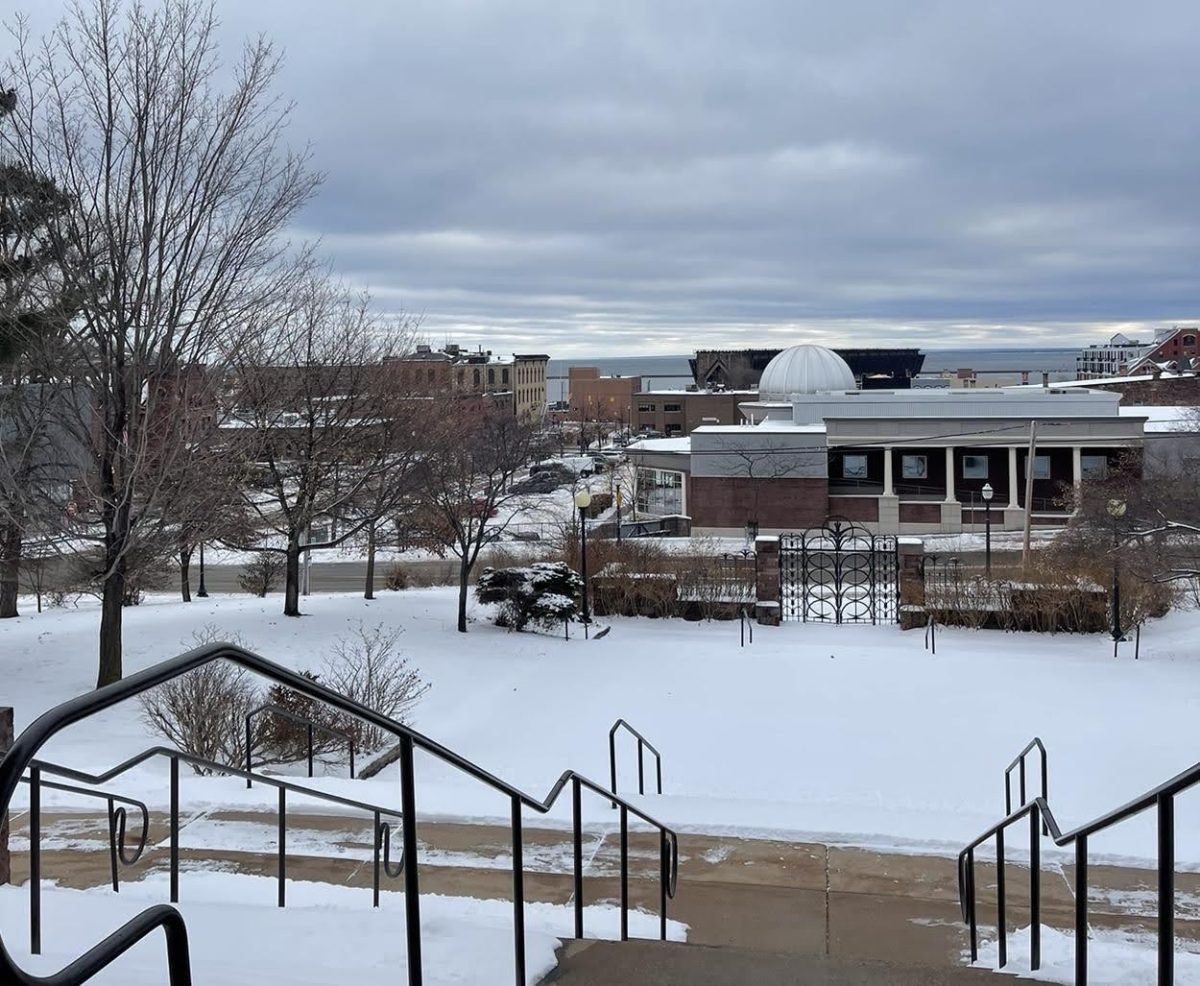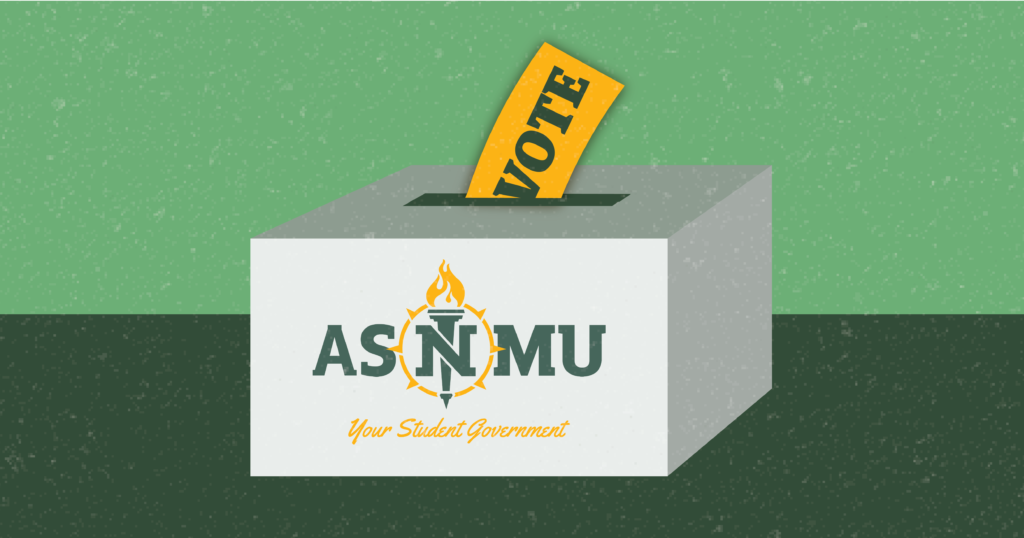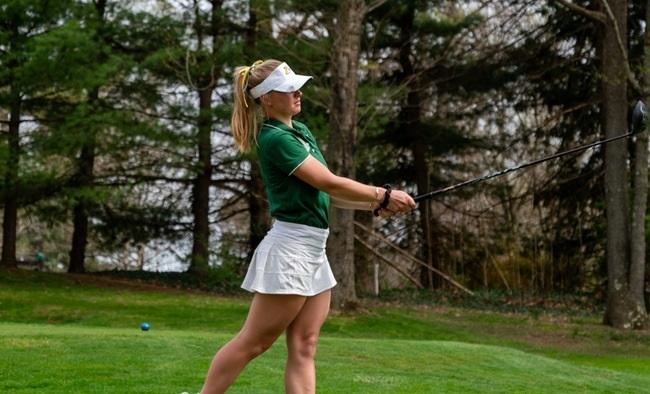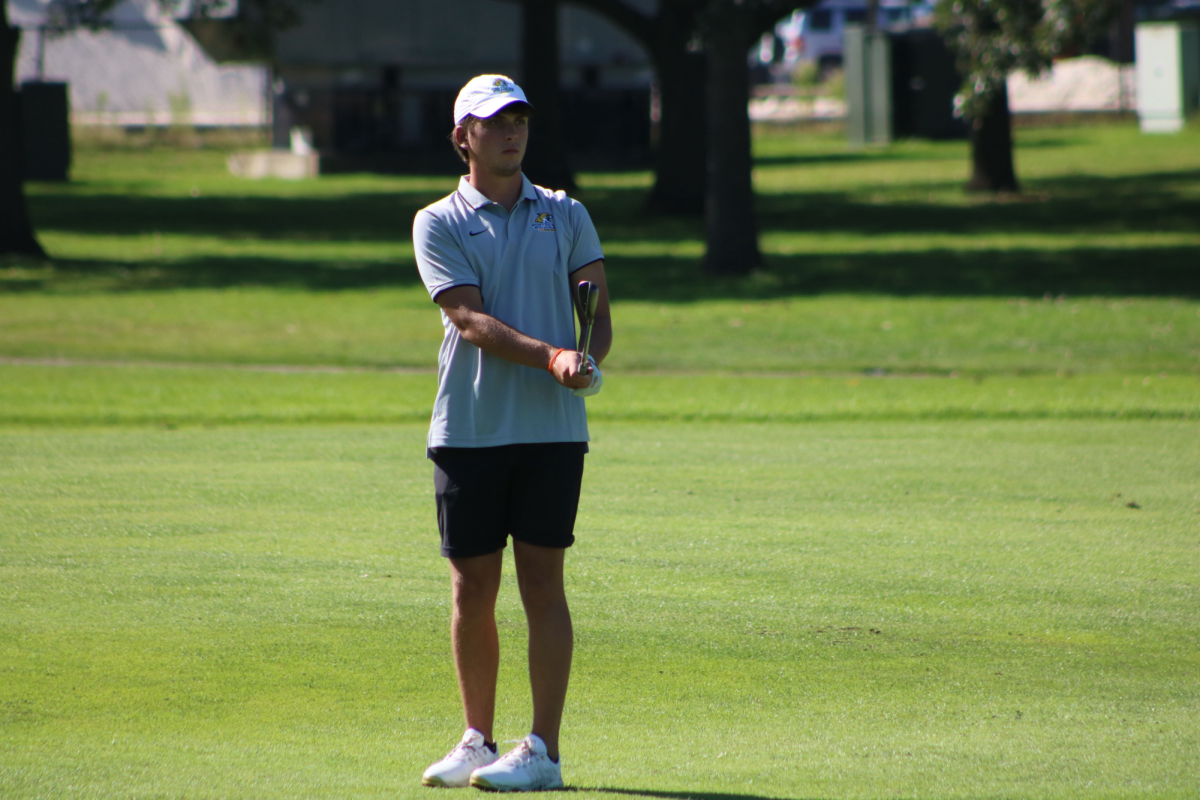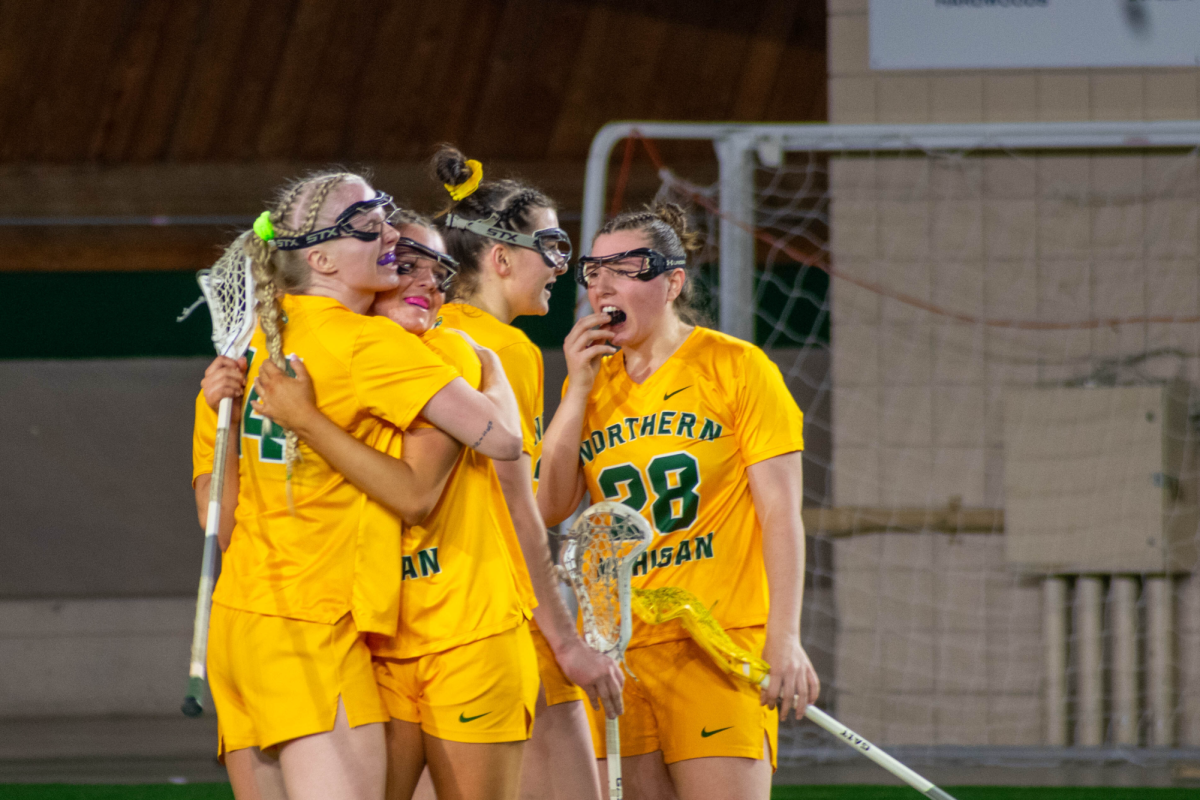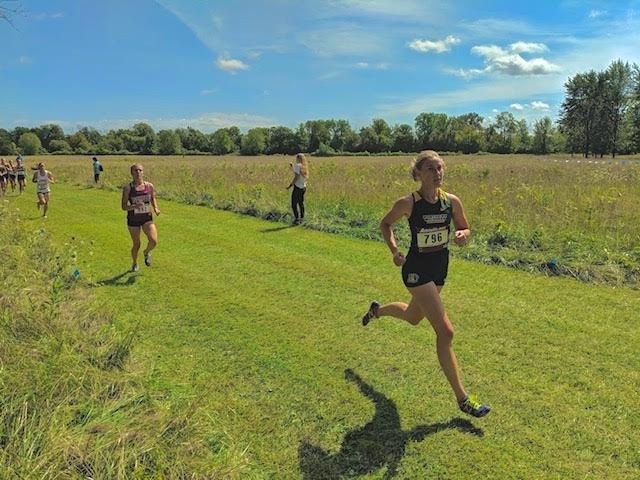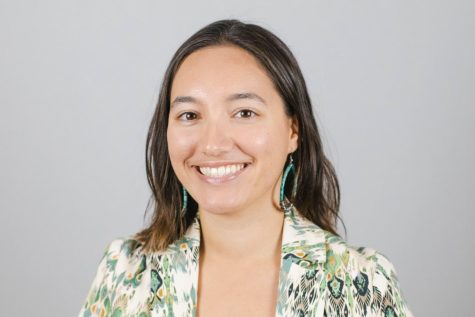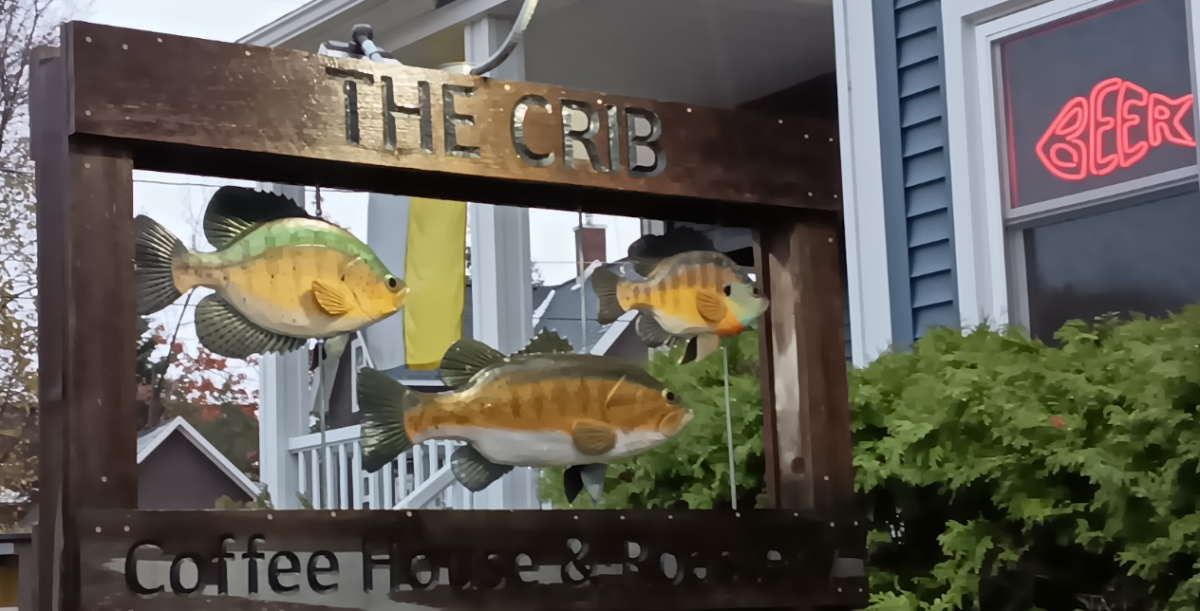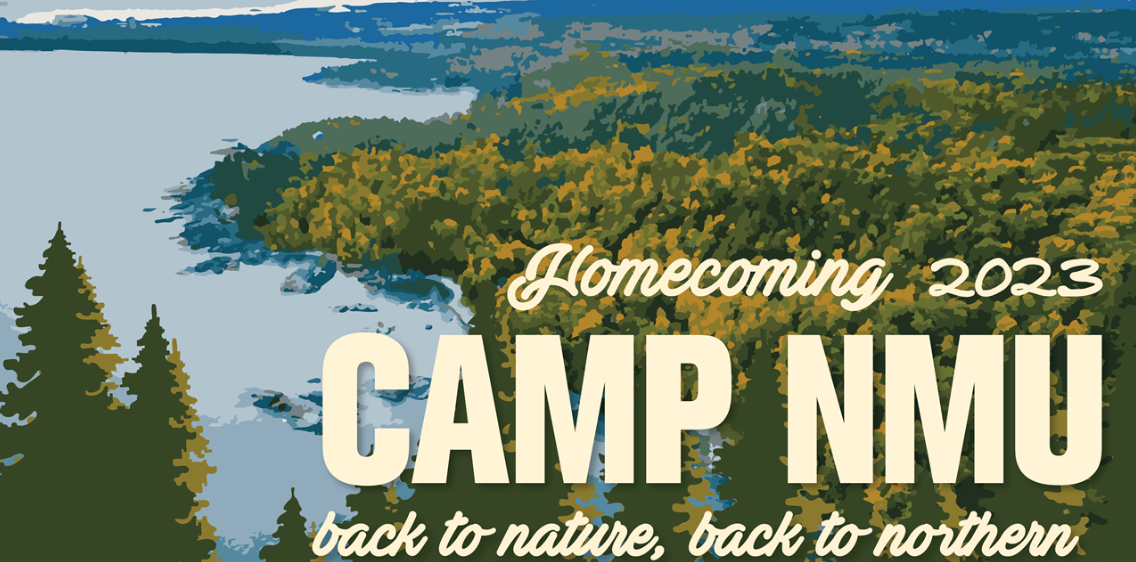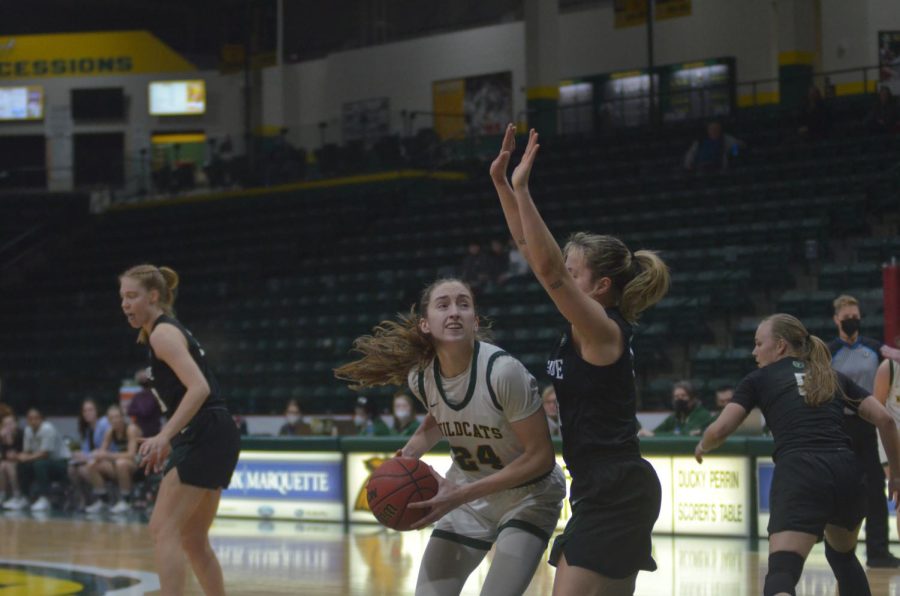Why does the NMU campus have a whole area dedicated to native plants? Why is NMU planting things that seem to just take up space and leave no extra room for Frisbee or football? Who even cares about the NMU Native Plant Area? I do.
The NMU Native Plant Area is something that brings a natural beauty to the NMU campus. The area is the creation of Ronald Sundell, a professor in the earth, environmental, and geographical sciences, and is meant to create more space for native plant species and, as an additional incentive, rid campus of turf grass and unsightly lawn mowers.
A few years ago, Sundell decided that it would be an engaging activity for student and faculty to build a native plants area on campus. The first area was started in the “V” mound of grass at the top of the hill southwest of the residence halls towards the academic mall. This area was granted by NMU administration to be used as a native plants study area. Within two years that designated area was revoked by NMU administration. It was declared that that area was needed for future building options.
Sundell and geography department students moved the native plants from their previous location at the top of the hill near the Learning Resource Center, and relocated to the new spot. The new native plant area is located in a parcel of land bordered by New Science Facility, the residence halls, a parking lot and the sidewalks up to the academic mall.
With this area being inhabited by native plants, the NMU maintenance staff will have to spend less time engaging in an endless war against the growth, and spread, of turf grass. Turf grass is wonderful when being used for field sports but is otherwise high-maintenance and of mere aesthetic value.
The acreage of turf grass found on NMU’s campus, and many others, is unsightly. I often wonder to myself, what is the point of mowing a lawn that receives nothing more than the occasional student walking through? I still have not thought of a pressing need for more ‘green space’ on campus, especially when that really means a few tree saplings and extreme amounts of turf grass.
An upcoming change on campus will be the removal of the old Jamrich building. As the removal of the old building is complete the new area is intended to be transformed into what is referred to as ‘green space.’ In terms of what ‘green space’ means to NMU, I expect we may be seeing more turf grass in the place of the current Jamrich building.
However, I suggest that NMU designates half the area to native plants and walkways, and the other half for turf grass that can be used for play and lounging by students.
If NMU would begin a thorough reintroduction of native plants throughout campus, it could create a beautiful summer campus.
The Upper Peninsula has a limited vegetative growth period, but when it does happen, the wildflower, grass, shrub and tree growth is abundant . To have NMU’s campus covered in Wild Columbine, Black-eyed Susans, Common Milkweed, Wintergreen and other native vegetation would be a welcome change for an area that has in the past been home only to mowed grass, and would surely be welcomed by the maintenance crews that must care for and mow that grass.




